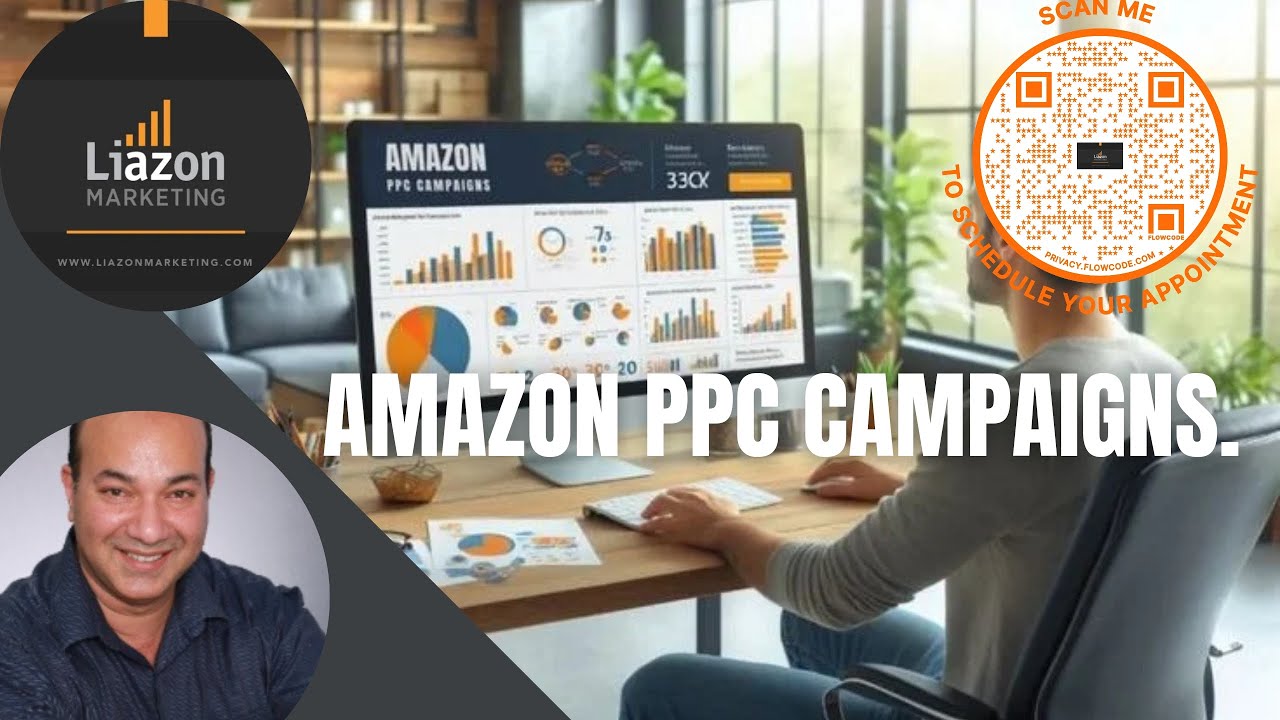Get 20% OFF HELIUM 10 for 6 months HERE with COUPON CODE [LIAZON6M20]
AT CHECKOUT or use this direct link: https://bit.ly/4bWtaJC
Understanding the different PPC (Pay-Per-Click) campaign types on Amazon is essential for creating effective advertising strategies to promote your products and drive sales. Here are the main PPC campaign types available on Amazon:
### 1. Sponsored Products:
– **Description**: Sponsored Products ads are keyword-targeted ads that appear within Amazon search results and on product detail pages. They allow sellers to promote individual products to shoppers actively searching for similar products.
– **Targeting Options**:
– **Keyword Targeting**: Target ads based on specific keywords relevant to your products.
– **Automatic Targeting**: Amazon automatically targets your ads to relevant customer searches based on your product information.
### 2. Sponsored Brands (Formerly Headline Search Ads):
– **Description**: Sponsored Brands ads are keyword-targeted ads that appear at the top of search results and showcase your brand logo, a custom headline, and multiple products from your brand. They are designed to increase brand visibility and drive consideration.
– **Targeting Options**:
– **Keyword Targeting**: Target ads based on specific keywords relevant to your brand and products.
### 3. Sponsored Display:
– **Description**: Sponsored Display ads allow advertisers to target shoppers both on and off Amazon. These ads can appear on Amazon product detail pages, customer review pages, and off-Amazon websites and apps.
– **Targeting Options**:
– **Audience Targeting**: Target ads based on audience segments such as interests, shopping behavior, and past interactions with your products.
– **Product Targeting**: Target ads based on specific products, categories, or brands.
### 4. Sponsored Brands Video:
– **Description**: Sponsored Brands Video ads are video ads that appear in search results and showcase your brand and products. They allow advertisers to engage shoppers with immersive video content.
– **Targeting Options**:
– **Keyword Targeting**: Target ads based on specific keywords relevant to your brand and products.
### Key Considerations for PPC Campaigns:
– **Budget and Bidding**: Set a daily budget and select a bidding strategy (automatic or manual) based on your advertising goals and budget constraints.
– **Keywords**: Conduct keyword research to identify relevant keywords for your products and incorporate them into your campaigns for better targeting.
– **Ad Creatives**: Create compelling ad creatives, including titles, images, and ad copy, to attract shoppers’ attention and drive clicks.
– **Monitoring and Optimization**: Regularly monitor your campaign performance and adjust your bids, keywords, and ad creatives based on performance data to improve ROI and achieve your advertising objectives.
Understanding the different PPC campaign types and how to leverage them effectively can help you reach your target audience, increase visibility, and drive sales on Amazon.


